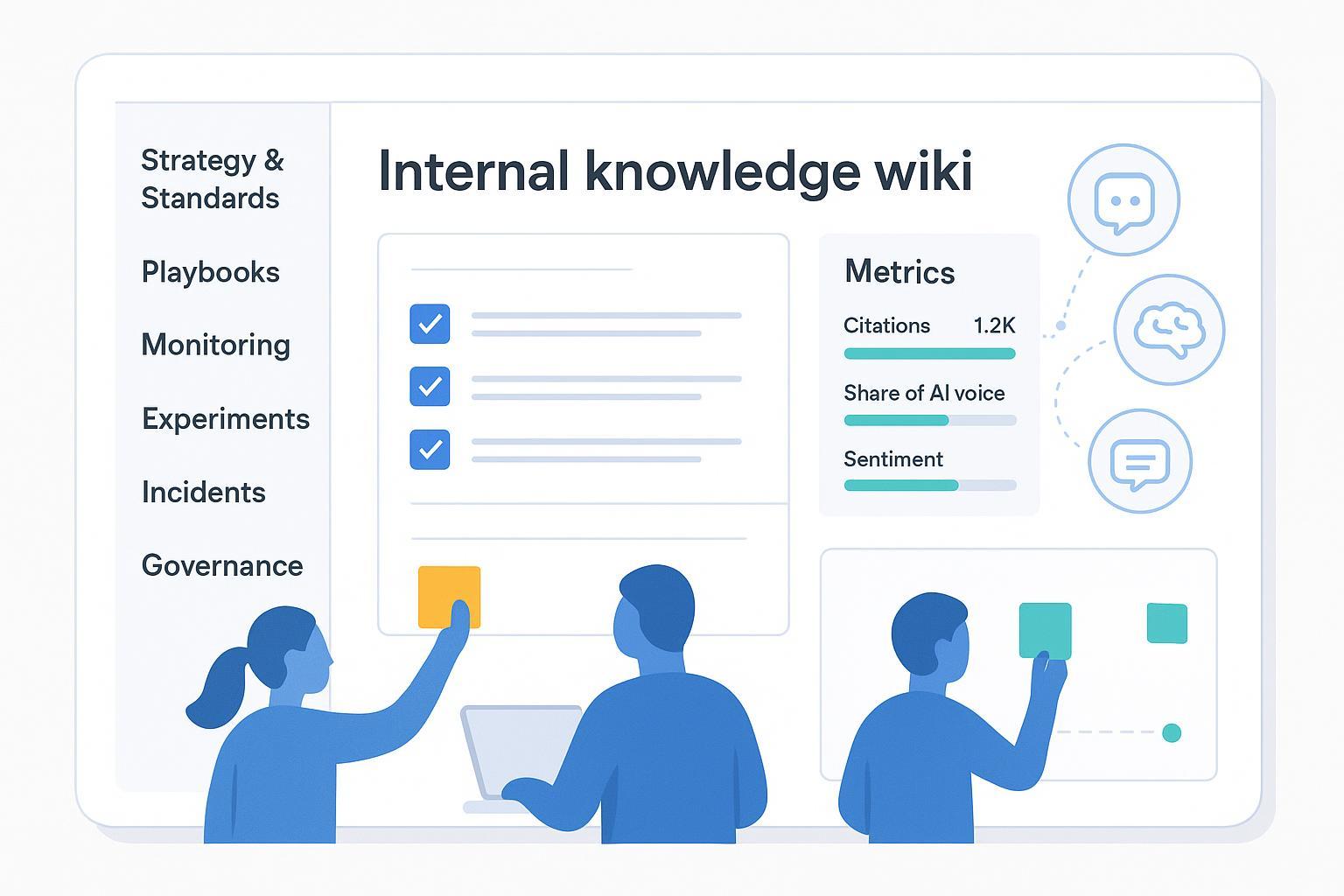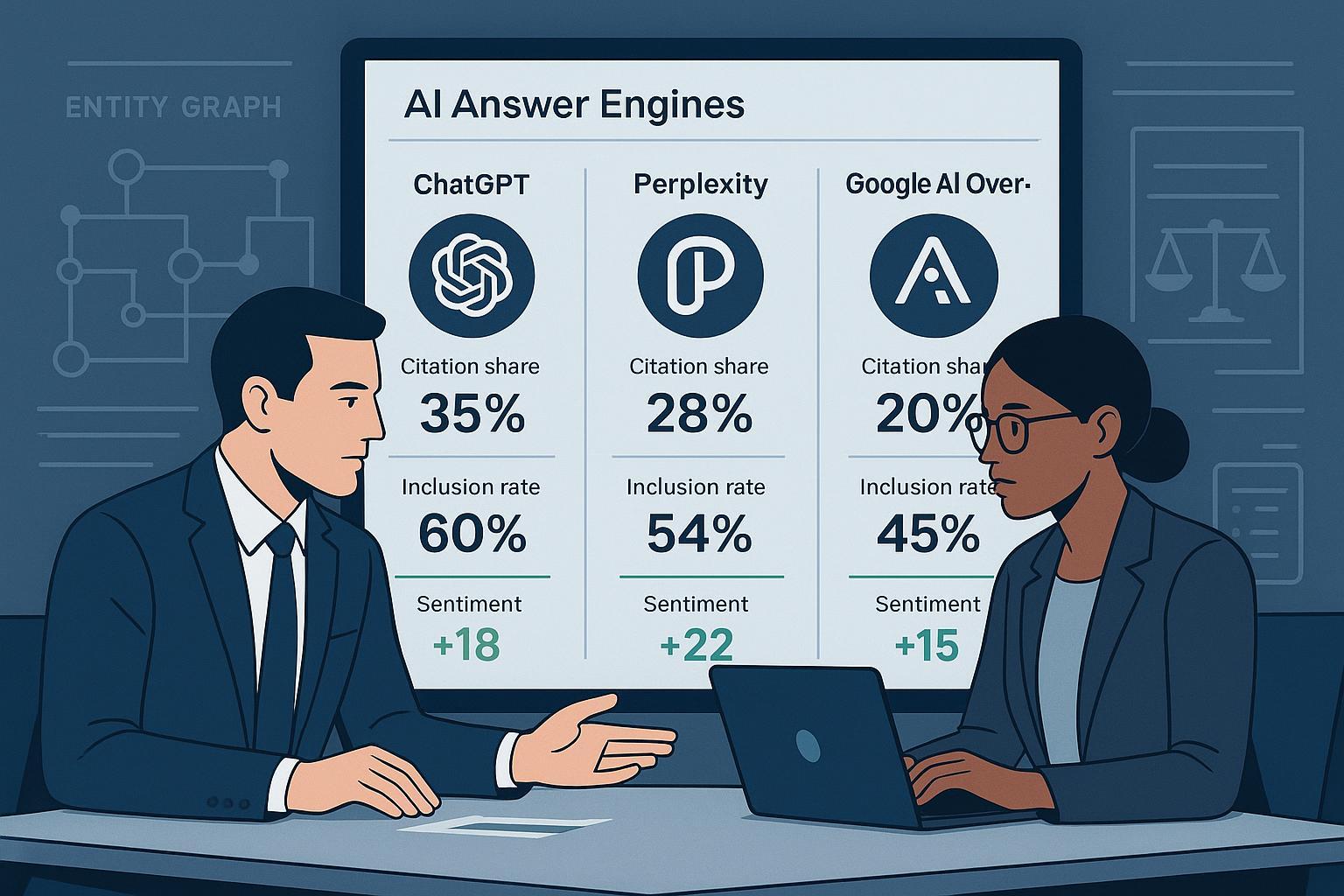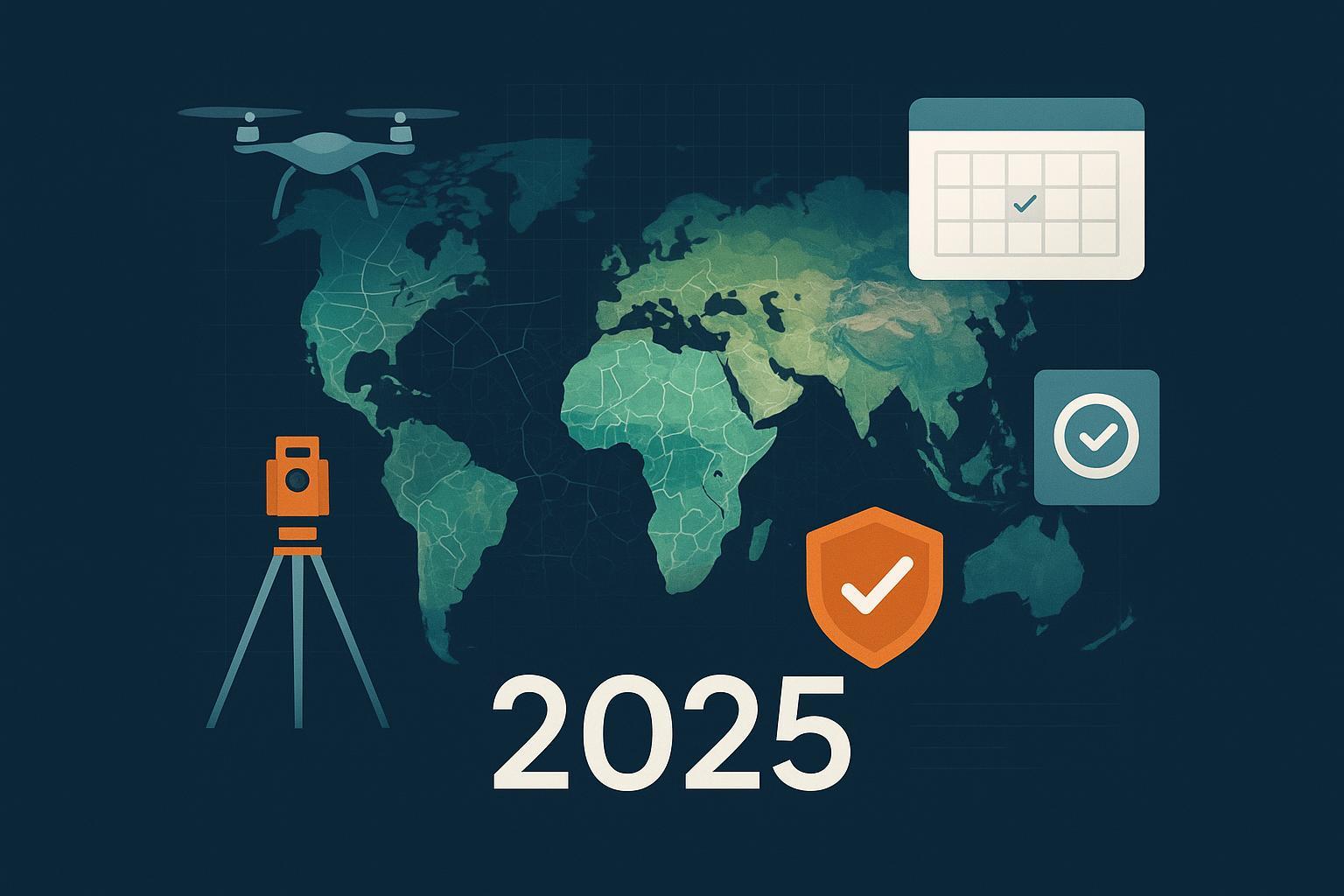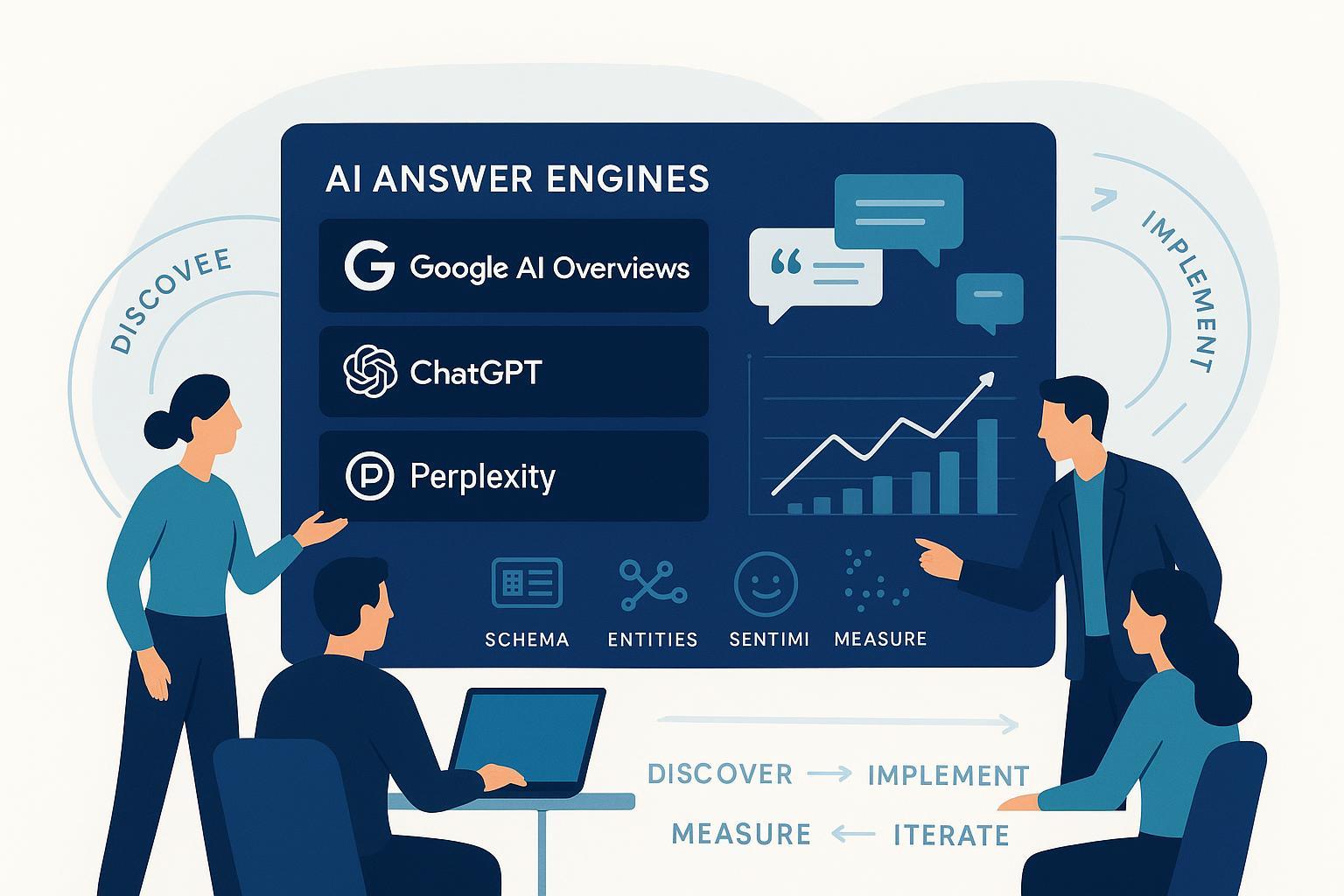2025 Best Practices: GDPR & CCPA Compliance for AI Search Optimization
Expert strategies for regional GDPR, CCPA, & global data privacy compliance in AI search optimization. Practical 2025 best practices, automation, monitoring, and dashboard tips for enterprise teams.

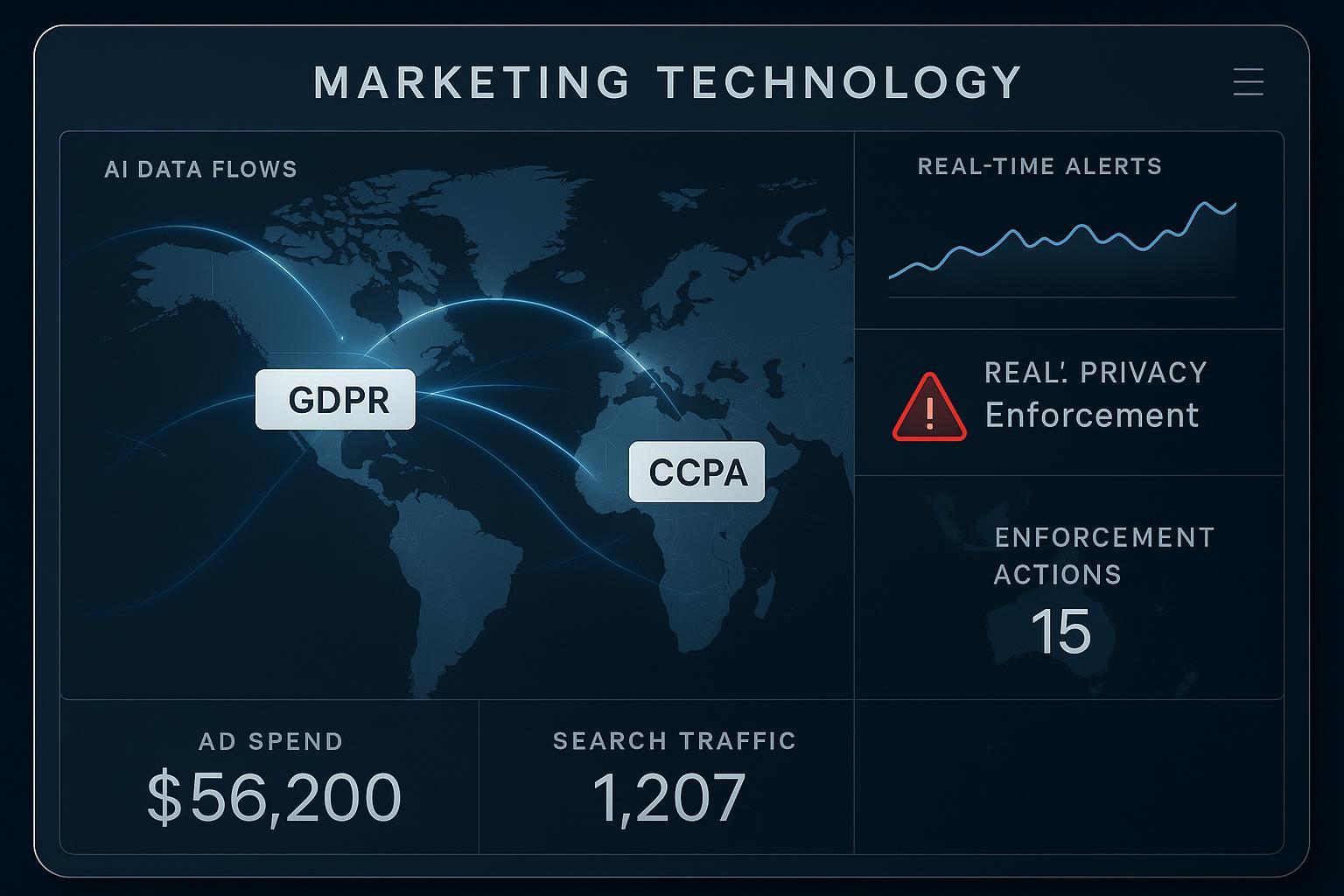
Introduction: The 2025 Compliance Reality—More at Stake, Less Room for Error
Picture this: it's Q2 2025, and your AI-optimized digital campaign is outperforming on engagement in both the US and EU. Suddenly, a local privacy authority sends a notification—a data subject exercised their right to erasure, but your AI-driven mention monitoring missed it.
Within weeks, a competitor's press release flaunts their next-gen privacy dashboards, and your company is handed a five-figure compliance fine for delayed action. Brand trust slips, team morale dips. This isn't fiction—in 2025, GDPR/CCPA failings in AI/SEO operations have become costly, public, and operationally disruptive.[Sidley Austin LLP Privacy Update]
The stakes? Hefty fines (up to €20m or 4% of global turnover for GDPR breaches), brand damage, and lost AI visibility—all amid rising consumer distrust and regulatory complexity across continents.
How do high-performing teams maintain AI-driven marketing wins and 360° data privacy compliance, especially across multiple regions? Below are field-tested, actionable strategies—refined in real operations, not textbooks.
Table: 2025 Regulatory Snapshot—GDPR, CCPA, Global Trends
| Law | Major 2025 Updates | Enforcement/Scope | AI/SEO Impact |
|---|---|---|---|
| GDPR (EU) | Stricter consent, AI explainability, dark pattern crackdowns | Up to €20m/fine; cross-EU, global sites | Requires explainable AI, explicit logs |
| CCPA (CA/US) | Automated cookie audits, AI opt-out, multi-state expansions | $2,500–$7,500/violation; expanding US | Consent interfaces, DSAR workflow |
| Global | India PDP, Brazil LGPD, APAC reforms align tighter to GDPR | Multi-jurisdiction; patchwork | Localized consent, regional dashboards |
Best Practices for AI Search Optimization Compliance: From Principle to Workflow
1. Engineer for Explainability: Make Your AI Search Stack Audit-Ready
Why it matters: Regulators in both the EU and US are now insisting on a "right to explanation" for AI-derived results. Without explainable models and clear audit logs, you're exposed—no matter how advanced your MarTech stack.
Actionable Steps:
- Use AI platforms that offer built-in logic tracing and reporting (XAI modules). For every automated search ranking, log the underlying logic and data source inputs.
- Regularly export—and verify—explainability logs for independent review. Sync this with biannual privacy impact assessments (PIAs) that specifically cover AI outputs.[Zscaler on Explainable AI]
- Geneo Advantage: Platforms like Geneo natively track brand mentions and AI citation contexts across platforms—giving marketers and compliance teams a ready vantage point for auditing how and where their brand/PII appears in AI-powered search results, and proactively flagging non-compliance patterns.
Pitfall to Avoid: Many teams focus solely on input data and ignore ongoing AI output checks. Regulatory actions in 2025 have targeted businesses for opaque AI-driven recommendations and SEO content leaks.
2. Automate User Rights Fulfillment: Consent, DSARs, and Real-Time Opt-Outs
GDPR fines and CCPA penalties in 2025 increasingly cite delays or failures in responding to user rights—especially when AI models pull from historical search data or indexed PII.
Best Practices:
- Integrate automated consent management platforms with your AI tools—ensure granular controls for opt-in (GDPR), opt-out (CCPA), and region-specific needs. Every new search campaign/crawl should trigger a consent status check.
- Build API-driven DSAR flows—so when a request lands (right to access, deletion, restrict processing), your search content/dataset can be dynamically purged and reindexed. Honda’s $632,500 CCPA fine (2024) for failing to honor opt-outs is now a go-to case study.[SecurePrivacy—First-party Data & Compliance]
- Geneo Workflow Example: With Geneo, you monitor real-time search brand mentions and can be immediately alerted if regulated data (manual or auto-flagged by sentiment analysis) appears after a user exercises their erasure rights—closing the compliance loop in minutes, not weeks.
Mini-case: A leading SaaS provider automated opt-out scripts across their chatbots and AI FAQ tools. Result: time-to-DSAR-fulfillment dropped from 28 days to under 24 hours, with zero regulatory escalations in 2025.
3. Privacy-by-Design in AI Marketing Campaigns: How to Bake In Compliance from Project Start
High-ROI Checklist for Team Leaders
- Before launch: Conduct a Data Protection Impact Assessment (DPIA) specific to SEO/AI data flows; document risks for every input and output channel.
- During build: Use federated learning models and data anonymization to reduce raw data exposure. Hold sprint reviews for privacy risks at each AI search content iteration.[Berkeley CMR—Balancing Marketing & Privacy]
- Launch & iterate: Activate real-time dashboards (like Geneo) for live monitoring of privacy flags in ongoing campaigns.
- After rollout: Schedule quarterly post-mortems focused on emerging compliance gaps, new law triggers, and enforcement trends.
Pro-tip: Multi-brand/multi-region teams should assign a RACI chart for every AI-enabled campaign:
- R: Responsible for privacy actions
- A: Accountable for compliance sign-off
- C: Consulted (legal, tech, marketing)
- I: Informed (broader ops, PR)
Geneo's multi-team workspace features allow clear separation of duties, rapid incident handoffs, and communication logs for future audits.
4. Deploy Real-Time Monitoring and Compliance Dashboarding
Why you can’t wait for a monthly report: 2025’s enforcement trend is real-time: regulators expect you to detect, respond, and remediate privacy exposures before they escalate.
Field Methods:
- Use unified dashboards combining privacy compliance metrics (opt-outs, DSARs, consent stats) with AI-driven SEO performance and sentiment. Leading brands are seeing 10x-11x ROI on campaigns that join these dataflows.[SocialHospitality—Real-Time Data]
- Set automated alerts for spikes in regulated brand mentions, policy violations, or unaddressed user requests. Tools like Geneo enable cross-platform, real-time brand and data privacy monitoring, making compliance status visible instantly to everyone who matters.
- Document all incident responses and changes. This audit trail drastically reduces investigation time in the event of a regulatory request or challenge.
Sample metric: Leading teams report <24 hours from notification to data remediation on AI-powered content—companies relying on batch/manual review regularly exceed regulatory deadlines and absorb costly fines.
5. Cross-Jurisdictional Playbooks: Operating in a Patchwork World
AI search marketing is, by nature, borderless. Compliance is not. Multinational campaigns increase exposure to differing opt-in/opt-out rules, DPIA triggers, and proactive notice requirements.
Team Playbook:
- Develop a compliance calendar mapping GDPR/CCPA/user rights windows (time to respond, special triggers for children, etc.) for each region you operate.
- Use cross-border privacy certification frameworks (CBPR/PRP launched mid-2025) and reference ISO 27701/NIST for operational templates.[Hogan Lovells—Global CBPR/PRP]
- For each AI campaign, document region-by-region compliance steps, assign local point-of-contact, and confirm integration of local consent/DSAR mechanisms. Always map AI data localization routes.
Honest Limitation: There are no truly “one-size-fits-all” workflow templates—every cross-jurisdiction, AI/SEO context demands adaptation. Overly generic processes often result in missed obligations or slow response times.
Real-World Trade-Offs: What Competitors and Consultants Won’t Tell You
- Balancing speed, personalization, and compliance: Automation and AI boost campaign efficiency but amplify exposure—especially if ongoing monitoring lapses.
- Process boundaries: Automated compliance can struggle with edge cases (ambiguous DSARs, unusual AI outputs)—always escalate to human review when certainty is low.
- Workflow adaptation required: Privacy frameworks from template libraries (IAPP, CookieYes, etc.) still demand customization for your AI search/brand context.
- Transparency internally and externally: Regulatory scrutiny now commonly includes demanding proof of inter-team education and process documentation for every compliance update.
Templates & Ready-to-Use Checklists for 2025 AI/SEO Team Leads
- Pre-launch Compliance Checklist:
- Consent/opt-out mechanisms tailored by region active
- DPIA completed (AI/SEO specific)
- Explainable AI and audit logs in place
- API-integrated DSAR/opt-out fulfillment enabled
- Roles clear (RACI defined)
- Incident response workflow tested
- Real-time compliance dashboard operational (Geneo integration recommended)
- Ongoing:
- Biweekly privacy review sprints
- Quarterly policy update and audit documentation
- Annual crisis simulation for multi-region regulatory event
Where Next? 2025 Continuous Compliance—Live, Adaptive, Team-Ready
No best practice is static—especially in AI-powered search and brand marketing. The legal landscape will keep shifting. The best performers in 2025 leverage tools like Geneo for:
- Real-time cross-platform monitoring to catch new exposures early
- Rapid pivoting as new consent/AI-use regulations emerge
- Workflow automation, audit logging, and team documentation
- Breaking silos between marketing, legal, and IT
Action step: Commit to quarterly reviews of both legal requirements and platform capabilities—regulatory flux and new tools like Geneo turn compliance from a roadblock into a competitive edge.
Authoritative Sources
- Sidley Austin LLP Privacy Update
- SecurePrivacy: The Impact of Privacy Regulations (GDPR, CCPA, etc.) on SEO
- Hogan Lovells—Global CBPR/PRP
- Zscaler—AI Cybersecurity & GDPR
- Geneo—AI Brand Monitoring & Privacy Compliance Platform
Want to see how Geneo empowers your team’s AI search compliance? Request a personalized demo now.


